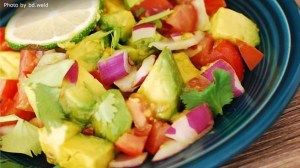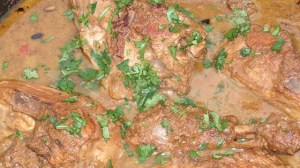Currently the owner and president of real estate holding company ASAP, LLC, Mohsen Grayeli received his degree in electrical engineering from Gannon University. During his free time, Mohsen Grayeli enjoys different kinds of food from all over the world, with Persian being one of his favorite types of cuisine.
While Persian cuisine is regarded as ancient, it is also known to be cosmopolitan – a mixture of different cultures. Influences are varied, ranging from ancient Greece and Rome, to other Asian and Mediterranean cultures such as India and Turkey.
One of the main considerations in the preparation of Persian cuisine is the idea of hot and cold food. The classification varies depending on the region, however, some general rules exist. For example, animal fat, poultry, wheat, and sugar, as well as all dried vegetables and fruits are considered hot while beef, fish, rice, dairy products, and fresh fruits and vegetables are considered cold. The significance of these classifications come into play when planning for meals depending on the season, people’s preferences, or even the presence of illness. Moreover, hot foods are used to balance out cold foods and vice-versa.

